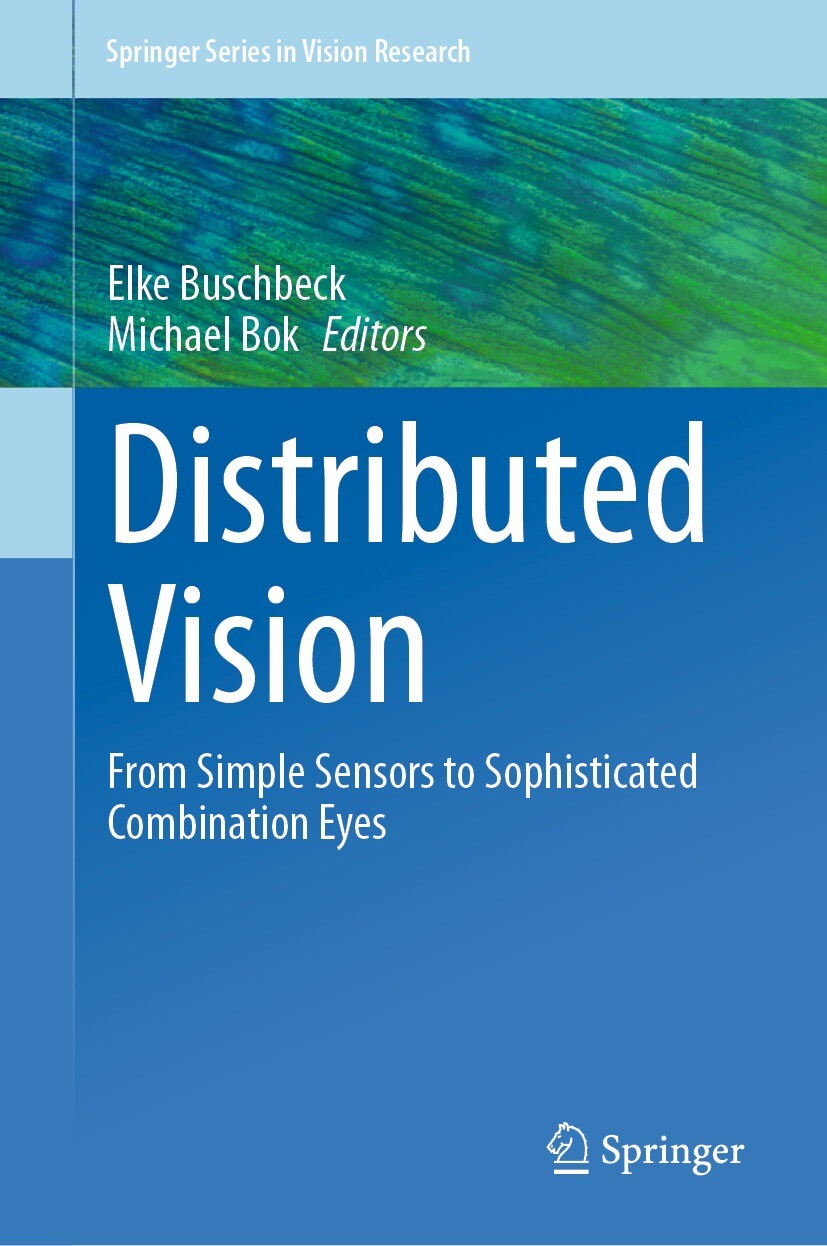Distributed Vision
From Simple Sensors to Sophisticated Combination Eyes
| Auflage | 1. Auflage, 2023 |
| Verlag | Springer-Verlag |
| ISBN | 9783031232169 |
Sofort zum Download (Download: PDF)
Produktbeschreibung
This volume explores the diversity of distributed eyes and other unusual visual systems in nature. It compares the unique themes of optics, neural processing, and behavioral control that emerge from these visual systems with more-canonical eyes. This volume attempts to answer a number of questions about distributed visual systems. What are distributed visual systems good for, how do they function, and why have they arisen independently in so many phyla? Why are eye designs and visual system arrangements much more diverse in invertebrates? Each chapter includes an overview of the visual systems that exist in their group of animals, relates vision to ecology, and takes a comparative approach.
